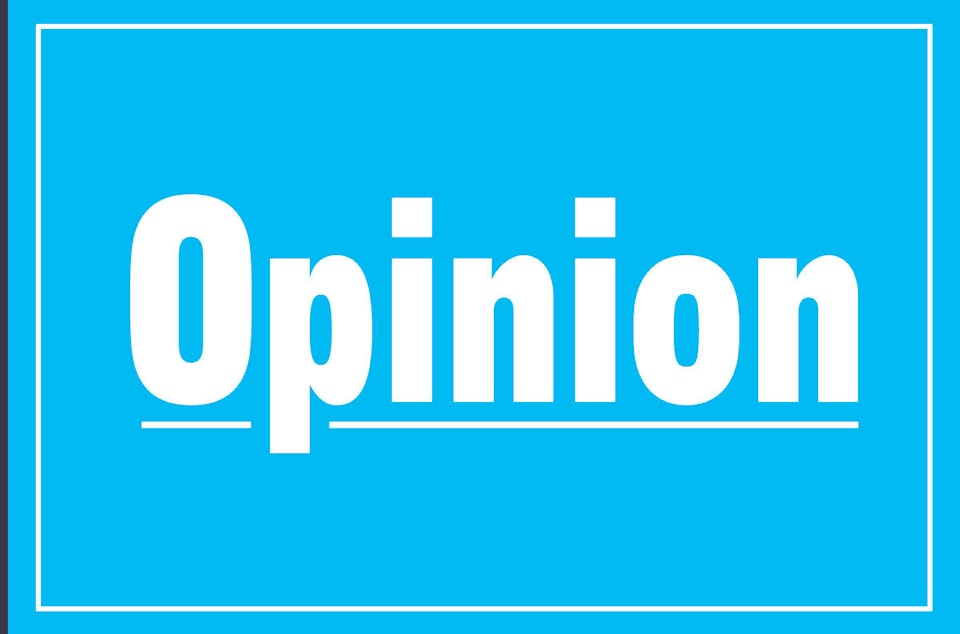Justin Trudeau was in his element at the Women Deliver conference in Vancouver.
Standing in front of an enormous gathering of feminists from around the world on Tuesday, he humble-bragged about his government’s performance.
Canada hasn’t done as well on pay equity as he hoped, he lamented, but at least he could point to a gender-balanced cabinet.
But let’s take a close look at that carefully calibrated cabinet. The most powerful money portfolios are mainly in the hands of men — same as it ever was — and women in charge of economic policy decisions are hard to find.
There’s Joyce Murray, who became president of the Treasury Board in March to replace Jane Philpott, who was in the position for about five minutes to replace the quitting Scott Brison.
But there has never been a female minister of finance or Bank of Canada governor.
Under Trudeau, the minister at the head of the huge Innovation, Science and Economic Development department has always been a man — Navdeep Bains.
International Trade was once run by Chrystia Freeland, but then it was Francois-Philippe Champagne, and now it’s Jim Carr.
It’s definitely an improvement to have diversity and gender balance in the cabinet. As Liberals are prone to tweet, #addwomenchangepolitics.
While it’s important to have women around the table, giving them direct power over the public purse might well be good for the bottom line.
Perhaps Trudeau should read some of the copious management literature that shows how female leadership improves performance.
A 2016 report from Credit Suisse found that having a majority of women in top management leads to higher sales growth, improved returns on investment and lower leverage.
Countless studies from Catalyst show that a female-centric corporate executive is consistently linked to higher financial returns. McKinsey studies show diverse leadership means above-average profits.
That’s not to say that having women in charge magically means higher profits and growth. Rather, the research suggests that diversity can bring innovation and a fresh approach to problem-solving to the highest corporate levels.
Solid, creative decisions and strategies are often the result, and corporate returns are the payoff.
If the most stubborn challenges Canada’s economy faces are the intertwined problems of slow growth and inclusion, governments could borrow from those private-sector theories.
What would happen if we had Freeland at Finance? What if deputy-governor Carolyn Wilkins actually ran the Bank of Canada? Or if Conservative MP Lisa Raitt spearheaded the Opposition’s take on fiscal and economic policy?
By all accounts, Freeland is a commanding force at the cabinet table, widely respected for her knowledge of her file, her articulate briefings, and her influence over a wide network of contacts.
Her book, Plutocrats: The Rise of the New Global Super Rich and the Fall of Everyone Else, was the backdrop for much of the Trudeau government’s early thinking on taxation and income redistribution.
As foreign affairs minister, she mainly sticks to her lane and usually intervenes in cabinet discussions only when they turn to global affairs.
While she seems to be in her dream job right now, imagine if she ran fiscal policy.
Over at the Bank of Canada, Wilkins is well known for her slightly-outside-the-box thinking on social inclusion, how to harness new technology and how to boost growth.
She has heft as the number two at the central bank, but one wonders how monetary policy would change were she to become number one when that job opens up next year.
Down the street with the official Opposition, Raitt is the deputy leader and was at one point the finance critic. She is sharp, a quick study, comfortable around numbers, and deeply compassionate about enabling economic opportunity for her constituents and regular Canadians.
But those three won’t be around forever, so it’s important to note another key finding in the management literature: building a pipeline of up-and-coming women fosters a reliable supply of fantastic female leaders in the future.
This is another area of suggested reading for Trudeau.
In federal politics, being a parliamentary secretary is considered the training ground for promising but inexperienced MPs who could be next in line for coveted and powerful cabinet positions.
There are 37 of these ministers-in-training right now, and just 10 are female. That means male parliamentary secretaries outnumber the women by almost three to one.
In the last round of fresh faces to the lineup, two out of two were men. In January, three out of three new parliamentary secretaries were men.
While there’s no guarantee that having women in charge — and getting ready to take charge — would suddenly pave the way for growth above two per cent and the shrinking of the gap between rich and poor, there’s little risk in giving it a go. And the upside potential is major.
Here’s a tag line for the next government: #addwomenchangeeconomics.
Heather Scoffield is a columnist with Torstar Syndication Services.
